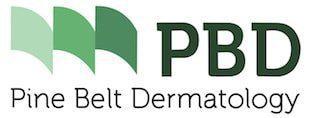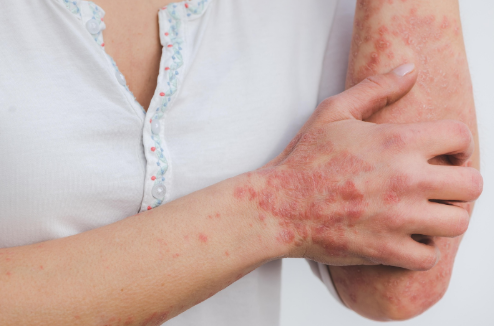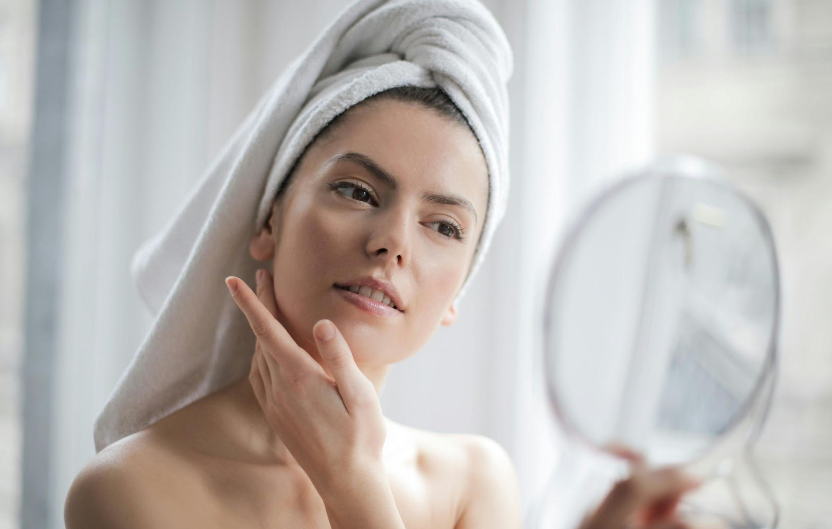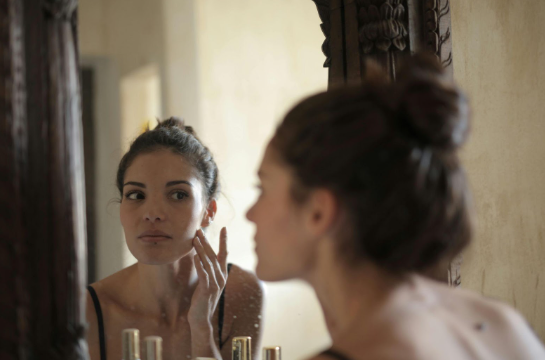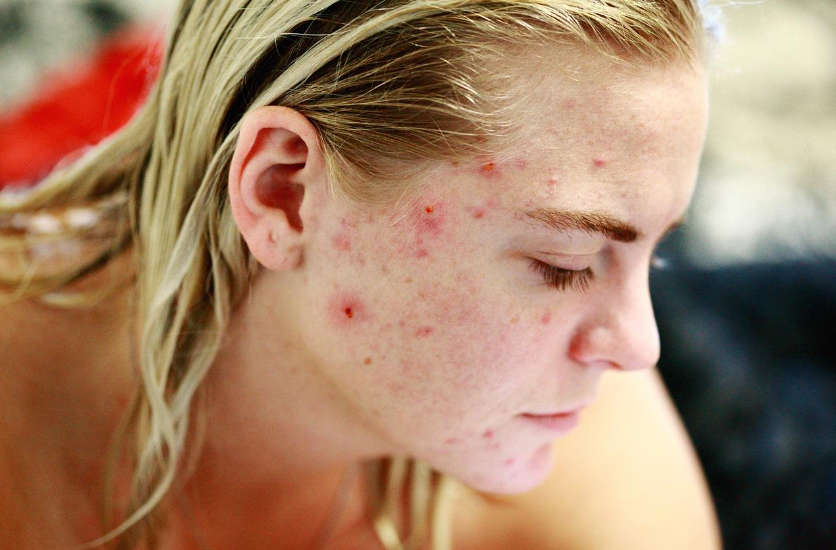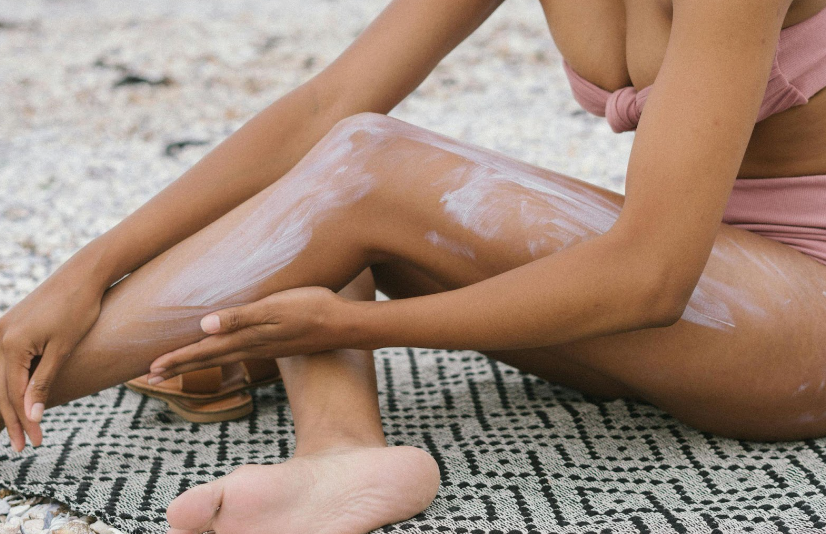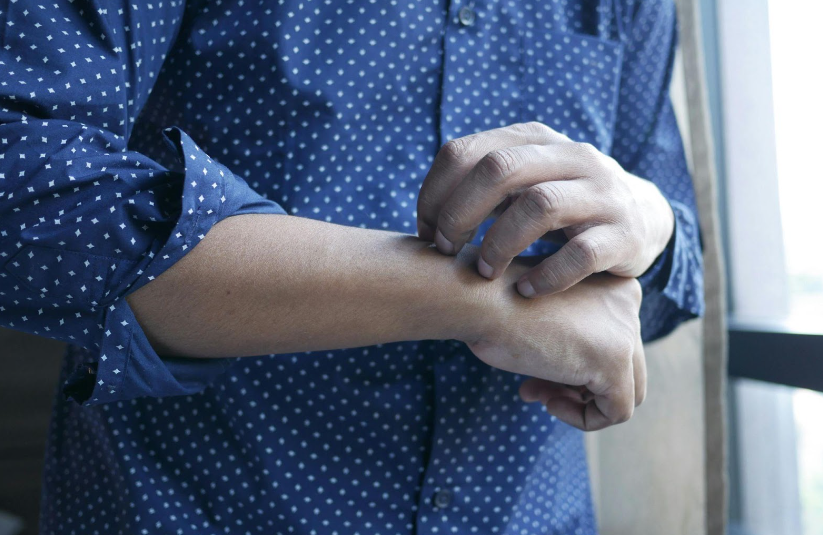Your Guide to Summer Sun Safety Month
Your Guide to Summer Sun Safety Month

As the temperature rises and the days grow longer, summer invites us outdoors to enjoy its warmth and embrace the beauty of nature. However, amidst the excitement of outdoor adventures and leisurely days spent basking in the sun, it's important to prioritize sun safety. With August being designated as Summer Sun Safety Month, there's no better time to look into the details of safeguarding ourselves from the sun's powerful rays.
Keep reading to learn the importance and benefits of maintaining sun-safe habits throughout the year.
Understanding the Importance of Sun Safety
Here are the reasons why understanding sun safety is important:
The Risks of Sun Exposure
While the sun is a vital energy source, it emits ultraviolet (UV) radiation that can harm human health. Two primary types of UV rays reach the earth:
- UVA Rays: These rays penetrate the skin more deeply and are primarily responsible for premature aging and wrinkling of the skin.
- UVB Rays: These rays are the main cause of sunburn and play a key role in developing skin cancer.
Excessive and unprotected exposure to UV radiation can lead to several health issues, including the following:
- Skin Cancer: The most common form of cancer in the United States, with basal cell carcinoma, squamous cell carcinoma, and melanoma being the major types.
- Premature Aging: UV radiation accelerates the skin’s aging process, leading to wrinkles, age spots, and loss of skin elasticity.
- Eye Damage: Prolonged exposure can cause cataracts, macular degeneration, and other eye conditions.
- Immune System Suppression: Excessive UV exposure can weaken the immune system, reducing the skin's ability to protect against infections.
Key Tips for Sun Protection
Here are some effective tips for sun protection:
Use Sunscreen Effectively
Sunscreen is an important tool for protecting your skin from harmful UV radiation. Here’s how to use it effectively:
- Broad-Spectrum Protection: Choose a sunscreen labeled “broad-spectrum,” meaning it protects against UVA and UVB rays. While UVB radiation can burn your skin, UVA radiation can prematurely age your skin, resulting in wrinkles and age spots. Both types can cause skin cancer.
- SPF 30 or Higher: For adequate protection, opt for sunscreen with a Sun Protection Factor (SPF) of 30 or higher.
- Generous Application: Apply a thick layer to all exposed skin for 15 minutes before going outside. Don’t forget the ears, neck, and tops of the feet as well, as these are often missed areas. You'll want to use about an ounce (a shot glass full) of sunscreen per application for adults.
- Reapplication: Reapply every two hours after swimming, sweating, or towel drying. Water-resistant sunscreens can last longer but must be reapplied regularly, especially after water activities.
Wear Protective Clothing
Clothing can provide an excellent barrier against the sun’s rays. Consider the following:
- Long-Sleeved Shirts and Pants: Tightly woven fabrics offer better protection than loosely woven fabrics. Darker colors usually offer more protection than lighter ones.
- Hats: Wide-brimmed hats provide shade and protect the face, neck, and ears. An ideal brim extends all the way around.
- Sunglasses: To protect your eyes and the delicate skin around them, choose sunglasses that block 100% of UVA and UVB rays. Seek out labels that state that they provide 100% UV protection.
- UPF Clothing: Some clothing is designed with an ultraviolet protection factor (UPF) for added safety. UPF-rated clothing provides tested and certified levels of UV protection.
Seek Shade During Peak Hours
The sun's rays are strongest and most harmful during midday, which occurs between 10 a.m. and 4 p.m. Plan outdoor activities in the early morning or late afternoon to avoid these peak hours.
If you are out during peak hours, utilize natural shade from trees or artificial structures like umbrellas, gazebos, or canopies. Portable shade structures can be particularly useful for outdoor events or beach outings.
Avoid Tanning Beds
Tanning beds emit UV radiation that can be even more intense than the sun, significantly increasing the risk of skin cancer and premature aging. UV radiation from tanning beds can cause melanoma, the deadliest form of skin cancer, and other types of skin cancer. It also accelerates skin aging, leading to wrinkles and age spots.
If you desire a tanned appearance, consider alternatives like self-tanning products or spray tans. These do not involve UV exposure and are safer for your skin, and they can still provide you with the same toned coloring you’re looking for.
Take Precautions Around Water, Snow, and Sand
These surfaces reflect and intensify UV rays, increasing the chance of sunburn. Therefore, extra precautions are necessary when spending time in these environments. Use a high SPF sunscreen when in such areas, and apply more frequently to assure proper coverage.
Besides sunscreen, wearing UPF-rated—or Ultraviolet Protection Factor-rated—clothing, wide-brimmed hats, and UV-blocking sunglasses can help mitigate the effects of reflected UV radiation.
Additional Tips for Sun Protection
These comprehensive sun protection strategies can significantly reduce your risk of skin cancer, premature aging, eye damage, and other UV-related health issues:
Hydrate Regularly
Staying hydrated helps your skin stay healthy and more resilient against sun damage. Drink plenty of water throughout the day, especially if you spend extended periods outdoors. Hydration supports overall skin health and helps prevent heat-related illnesses.
Check the UV Index
Check the daily UV index before planning outdoor activities. The higher the UV index, the greater the potential for skin and eye damage. On days with a high UV index, take extra precautions or consider rescheduling outdoor activities to minimize UV exposure.
Educate and Advocate
Spread awareness about the importance of sun protection to friends, family, and community members. Advocate for sun safety programs in schools, workplaces, and community organizations. Education can lead to better sun protection habits and lower the risks of UV-related health issues.
The Benefits of Sun Safety Practices
Practicing sun safety reduces the risk of immediate sunburn and has long-term benefits for your health and well-being:
Reduced Skin Cancer Risk
Protecting your skin from UV radiation significantly lowers your risk of developing skin cancer. Early prevention is key, as skin cancer can be highly treatable when caught early but becomes more dangerous as it progresses.
Healthier Skin Appearance
Protecting your skin from the sun helps maintain a youthful appearance. Reduced exposure to UV rays prevents premature aging, keeping your skin smoother and more resilient.
Better Eye Health
Wearing UV-blocking sunglasses reduces the risk of cataracts and other eye-related issues, preserving your vision as you age.
Enhanced Immune Function
Limiting excessive sun exposure helps keep your immune system strong, allowing your body to fend off infections and illnesses better.
Special Considerations for Different Groups
While everyone should practice sun safety, certain groups must take extra precautions due to the higher risks of UV exposure. Children, for example, have more sensitive skin than adults, making them more susceptible to sunburn. Ensure they wear protective clothing, hats, and sunscreen, and limit their direct sun exposure, especially during peak hours.
Aging skin is thinner and more fragile, increasing the risk of UV damage. Older adults should use high-SPF sunscreen and protective clothing to safeguard their skin.
Individuals with fair skin, light-colored eyes, and blond or red hair have less melanin, the pigment that provides some protection against UV radiation. They are at a higher risk for sunburn and skin cancer and should be diligent about sun protection.
Those who work outdoors, such as construction workers, farmers, and landscapers, are exposed to prolonged sun as well. Regular breaks in the shade, protective clothing, and high-SPF sunscreen are important for these individuals.
Technological Aids and Innovations in Sun Safety
Recent advancements in technology have made it easier to practice sun safety. Here are a few innovations that can help you stay protected:
Wearable UV Sensors
Wearable UV sensors are wearable devices that monitor UV exposure and alert you when it’s time to seek shade or reapply sunscreen, which can be highly effective. These sensors are often integrated into bracelets or patches that sync with your smartphone.
Smart Clothing
Clothing with built-in UV sensors and high UPF ratings is becoming more common. These garments block UV radiation and monitor your exposure levels, providing an added layer of safety.
Final Words
Summer Sun Safety Month is a timely reminder of the importance of protecting ourselves from the harmful effects of UV radiation. By incorporating sun safety practices into our daily routines, we can enjoy the sun's benefits while minimizing the risks to our health. Sun protection is not just for the summer months but a year-round commitment to maintaining healthy skin and overall well-being. So, as you plan your summer activities, prioritize sun safety and enjoy the sunshine responsibly.
At
Pine Belt Dermatology, your skin's health is our top priority. As we celebrate Summer Sun Safety Month, we invite you to schedule a comprehensive skin check and consultation with our expert dermatologists. Our team is dedicated to providing personalized care and education on effective sun protection strategies to keep your skin safe and radiant year-round.
Contact us today to safeguard your skin and enjoy a healthy, sun-safe summer!
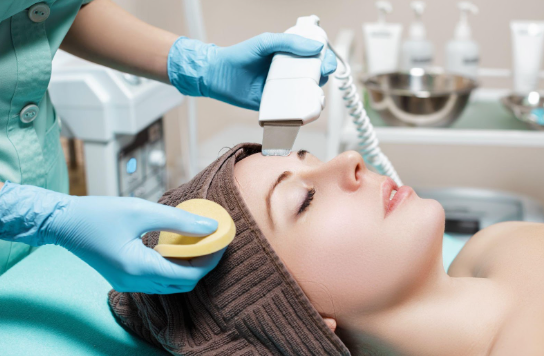
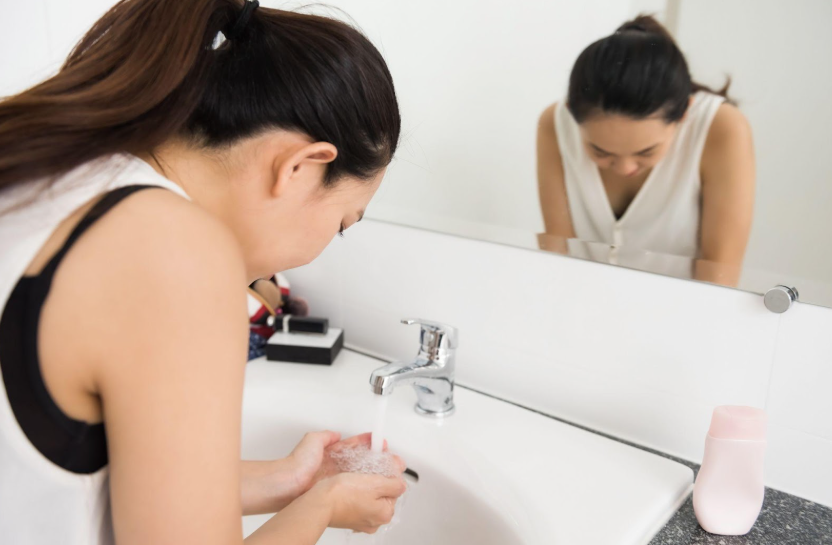

Petal Office
Phone:
Fax:
601-336-7826
Address:
Hours of Operation:
Mon-Fri: 8:00am to 4:30pm
Hattiesburg Office
Phone:
Fax:
601-475-9969
Address:
Hours of Operation:
Mon-Fri: 8:00am to 4:30pm
Ellisville Office
Biloxi Office
Phone:
Fax:
228-232-0874
Address:
1009 Tommy Munro Drive, Suite A
Hours of Operation:
Mon-Fri: 8:00am to 4:30pm
Ocean Springs Office
All Rights Reserved | Pine Belt Dermatology
